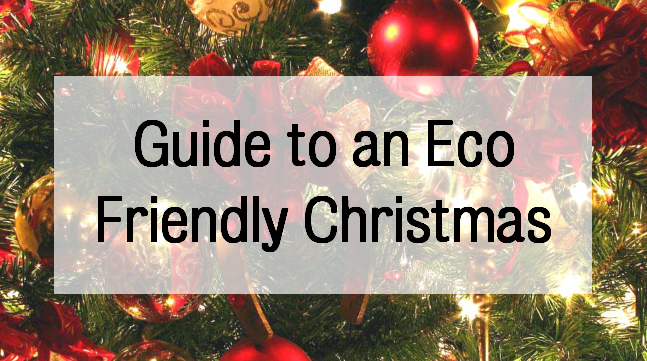1. Artificial Tree or Real Tree?
Artificial
If you can get a second hand one, fake. You can find these from sites such as Ebay, Gumtree or Freecycle.
However, a 6-foot artificial tree produces 40kg of emissions (if thrown into landfill), compared to a real tree which creates only 3.5kg of emissions (if it’s chipped or incinerated). Therefore, if a second-hand artificial tree is not an option, real trees are the more sustainable option.
Real
You can make sure your real tree has been grown sustainably by looking for the FSC-certification. The Forestry Comission can tell you where your nearest Christmas trees are available to buy near you. And even better, one that’s also certified by the Soil Association – i.e. one that is organic and pesticide free. There are also over 400 Christmas tree growers across the UK registered with the British Christmas Tree Growers’ Association, where trees are grown according to strict guidelines (for example, being required to use sustainable seeds to protect local wildlife).
The Christmas Forest is small and independent family business who provide sustainable trees from 10 sites across London. Every tree cut after its nine-year growing cycle is replaced, and for every tree sold, another is donated so it can be grown by a family in Africa through Tree Aid.
Once Christmas is over, you can contact the council who can collect your tree in January and shred it into chipping or use it for compost. Check your council pick up dates here.
Tree rental is also a new option which is becoming more available – although, still tricky to come by. It works by you renting the tree from your local garden centre/nursery, and they will pick it up after Christmas to bring back and allow the tree to grow further. Check at your local garden centre to see if this is an option – whilst helping to raise awareness at these centres that this is a demand consumers want to see more of in the future.


